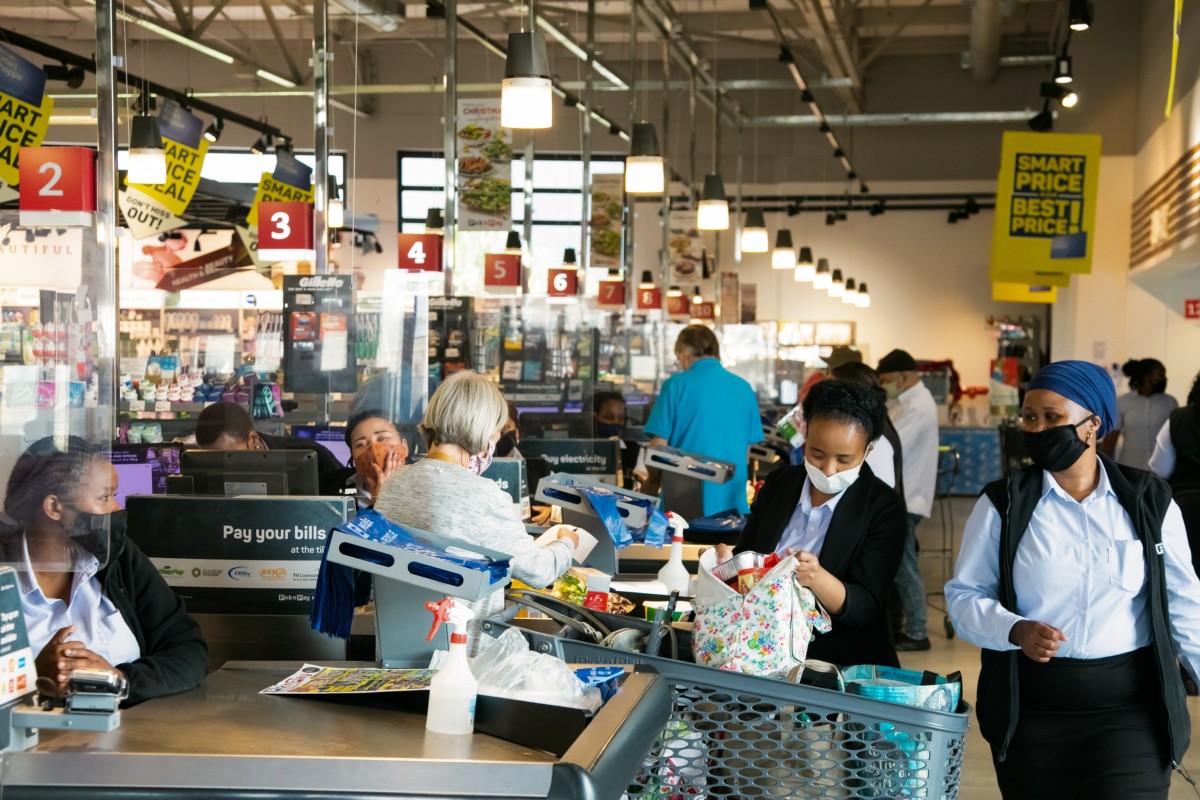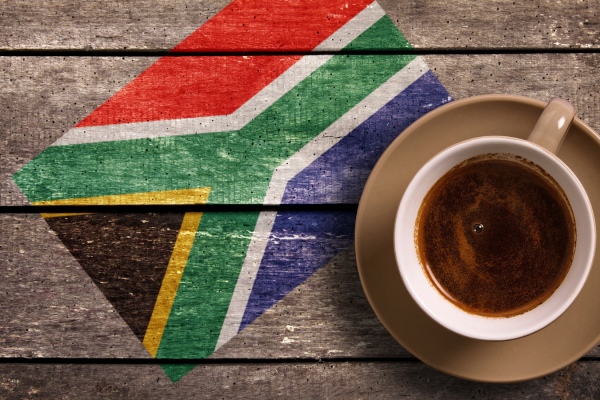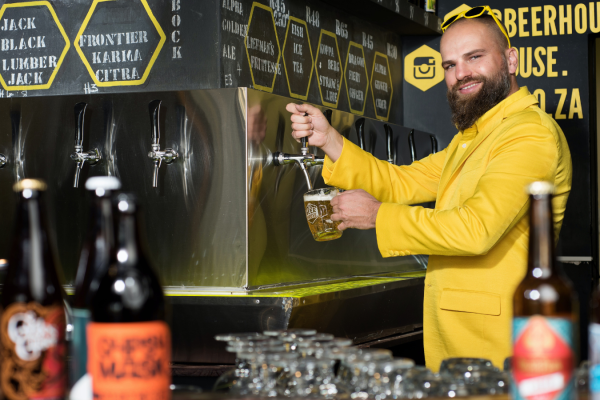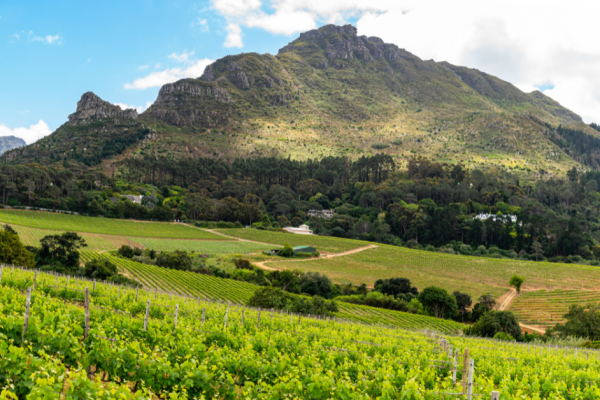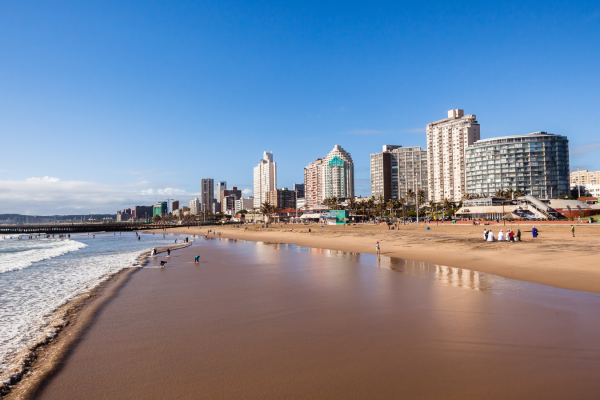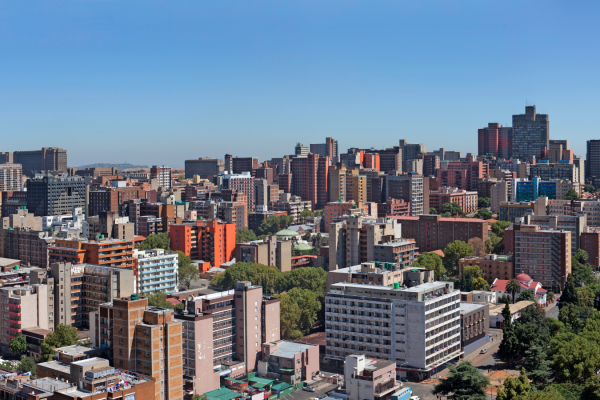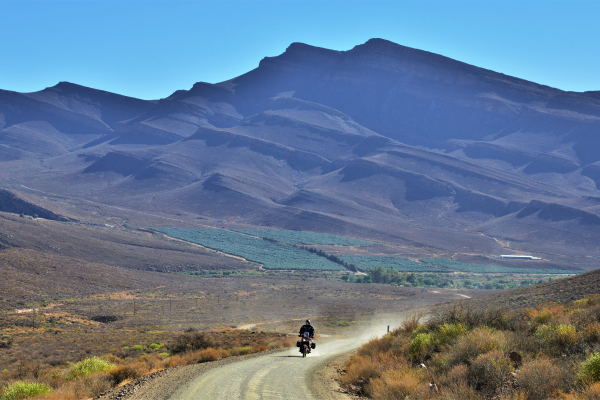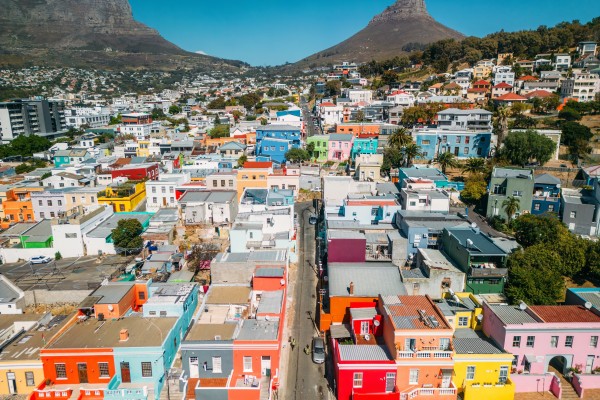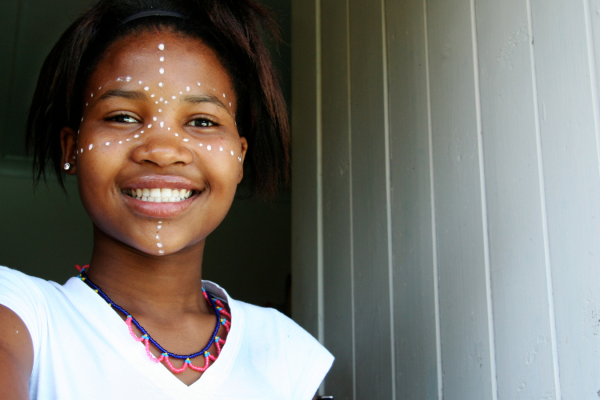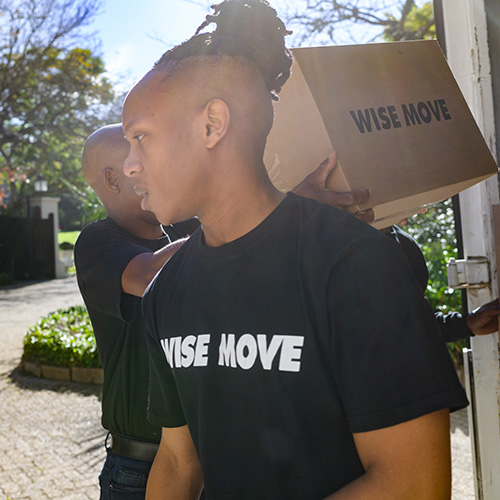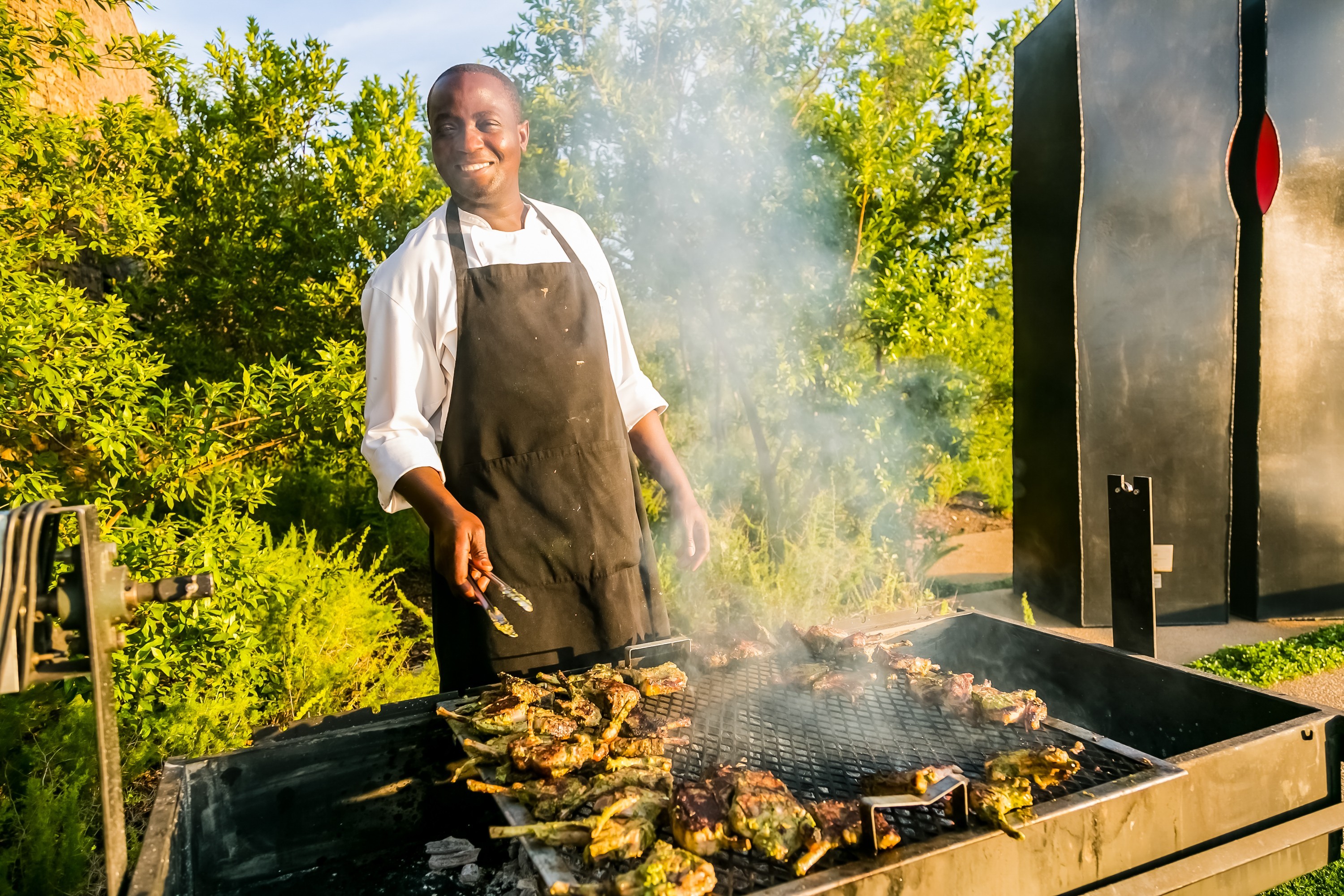
Part of moving to a new country is exploring the cuisine. The overarching theme during the South African culinary journey is surely that of comfort food, with meat often playing the centrepiece of every meal.
With its colonial past, South Africa's fare reflects traditions (and flavours) from Europe and Asia. Many of these dishes have seen an evolution in their original recipes but remain respectful of their roots.
Add influences from indigenous communities and you have a cuisine that is uniquely ... South African.
Read on for a comprehensive tour of the South African kitchen.
Meat traditions
The Braai
More often than not, meat is the staple of every meal in South Africa, and the most famous meaty pastime in the Republic is the braai. In fact, there's even a South African public holiday in honour of this tradition (well, not officially, but Heritage Day has become affectionately known as 'Braai Day'.)
In essence, a braai is the South African version of a barbeque, but it's so much more than that. For starters, meat is cooked over wood and coals, which adds to the flavour (and gas is considered sacrilege.)
A braai is an occasion unto itself. Come rain or shine, South Africans will use any excuse to light up the griddle.
The meat is accompanied by drinks, snacks, appetizers, salads and traditional desserts. These days, it's not uncommon to find grilled vegetables and veggie bakes as part of the spread to cater for non-meat eaters.
Shisa Nyama
While the word braai is derived from the Dutch word for 'grilled meat', there is a Zulu term for the tradition, namely shisa nyama, which translates as 'burning meat'.
The shisa nyama 'bring and braai' embodies the warm and inviting spirit of South Africa, celebrating community and uniting people around good food and drinks.
View this post on Instagram
How to braai—the stars of the show
The braai or shisa nyama has a handful of unique ingredients that makes it stand out from the average barbecue. You’ll be missing out on the full cultural food experience if you don’t try these South African classics.
View this post on Instagram
Boerewors
This celebrated South African sausage with its trademark coil appearance is made from beef, mixed with either pork or lamb and a unique blend of spices. The word boerewors comes from the Afrikaans words 'boer' (farmer) and 'wors' (sausage).
Boerewors is a braai staple. Butchers follow strict guidelines to preserve the traditional flavour of boerewors (but may put their own creative spin on it.)
At the very least, the sausage needs to contain at least 90% meat to count as boerewors, with up to a 30% fat content (but no more) to keep it succulent on the grill.
Lest we forget the boerie roll—a South African take on a hotdog, usually garnished with caramelised onions, tomato sauce (ketchup) and mustard.
Pap and chakalaka
Chakalaka is a relish, made from onions, tomatoes, beans, peppers, carrots and spices. Pap (pronounced 'pup') is made from white corn and is similar to polenta but creamier.
These popular braai side dishes are often enjoyed alongside mains like boerewors to make a winning blend of tastes and textures.
View this post on Instagram
Roosterkoek
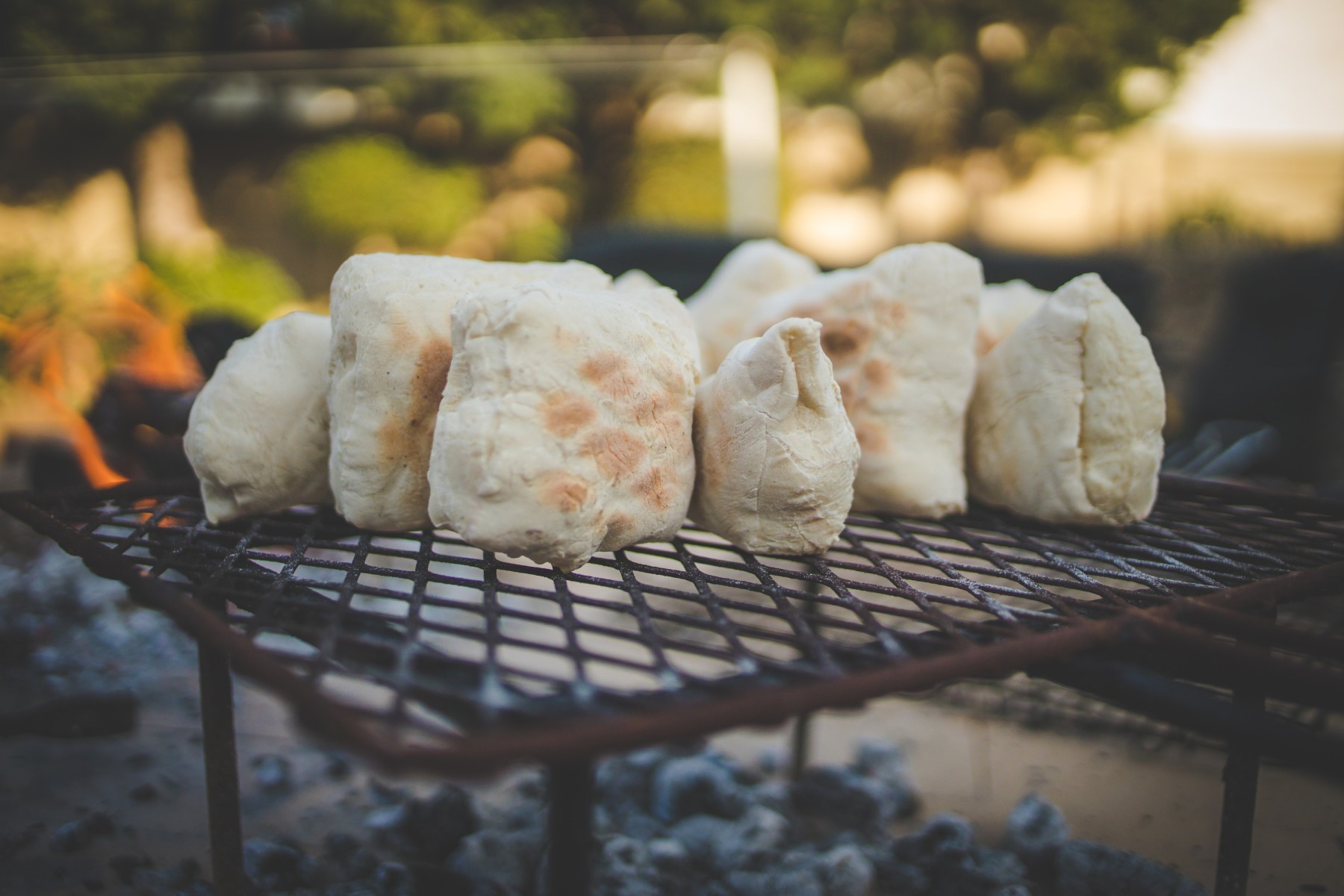
This traditional bread, translated from Afrikaans as 'grill cake' won't be found at every braai, but the braai purists usually haul them out.
Roosterkoek are balls of bread dough cooked over the coals, and best served piping hot as an accompaniment.
Sosaties
Sosaties are meat kebabs with a Malay twist— the skewered meat and vegetables are marinated in a spicy sauce.
They are usually made with chicken, beef, or lamb, and South Africans like to include them in the braai fare.
Potjiekos
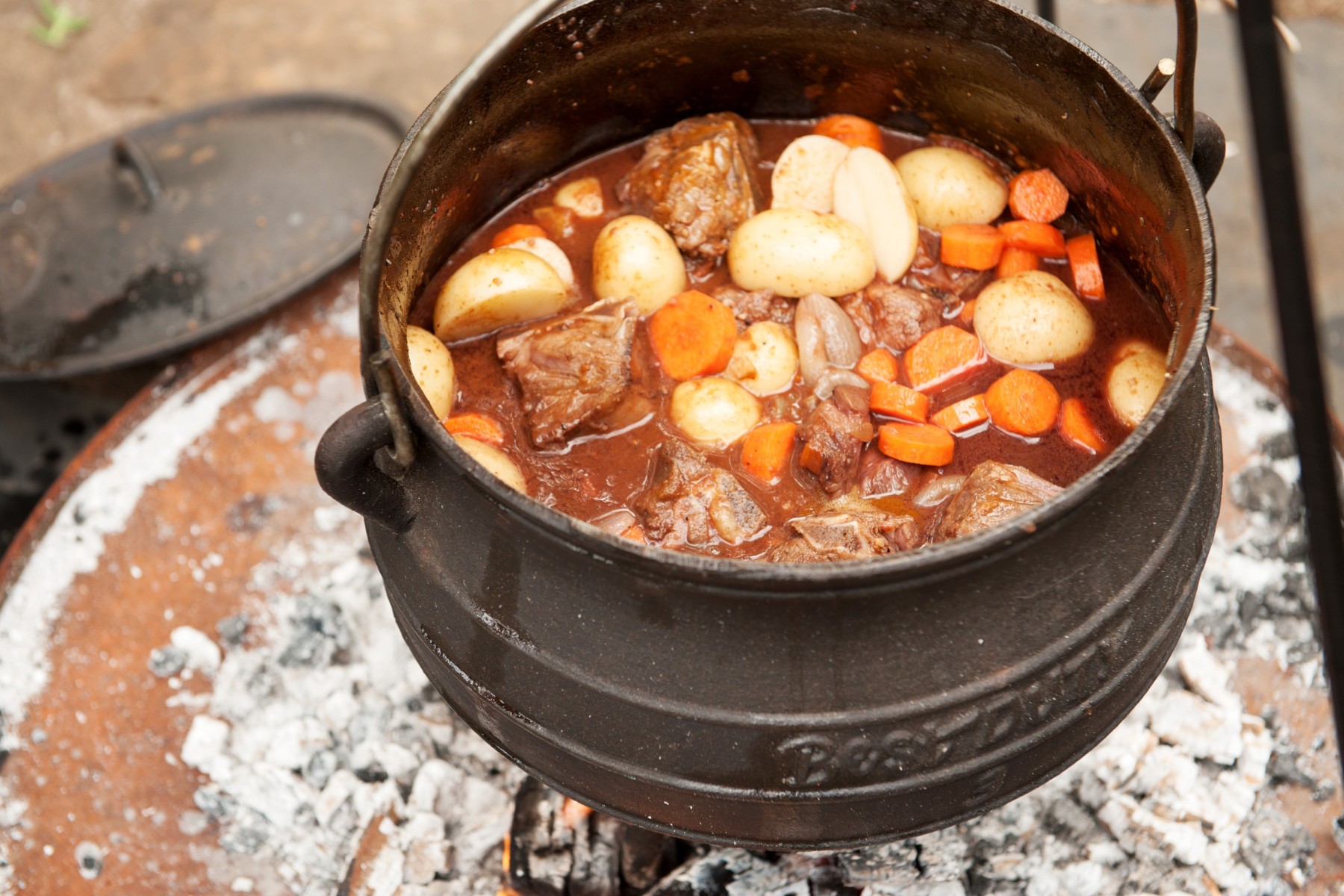
Another outdoor tradition, 'potjiekos' (translated from Afrikaans as 'food in a pot') in the literal sense is a slow-cooked stew in a three-legged cast iron pot over open coals. That may sound rudimentary—but again, it has a South African spin.
Consisting of meat and vegetables, the dish is cooked in layers and is not meant to be stirred until it’s ready to be eaten. The result is a rich and varied taste.
There are many variations of potjiekos, but the most common version is made with oxtail.
Interested to see what wines pair with this delicious cuisine? Read our guide on South Africa's incredible Winelands !
View this post on Instagram
Biltong and droëwors (dried sausage)
Before ice boxes and fridges were invented, the need for food preservation in South Africa was pressing. Therefore, traditional methods were called upon to preserve meat, particularly that of large game animals.
Biltong is thinly sliced, air-dried meat, cured in vinegar, salt and spices (particularly coriander seeds), while droëwors is air-dried boerewors.
Both are traditionally eaten as snacks, particularly at sports games and have earned international appeal. Nowadays, biltong is predominantly made from beef, though the game versions are still very popular.
View this post on Instagram
Eastern influences
While Cape Dutch heritage has heavily influenced South African cuisine, another strong theme is Cape Malay cooking.
During colonial times, the Dutch East India Company brought slaves, from areas like Bengal, Java, and Malaysia to South Africa. These groups were also the first to bring Islam to the region, along with cultural cooking practices and traditions.
Food is a huge part of Cape Malay culture, and you’ll find many Cape Malay variations of popular dishes—including bobotie, sosaties and curries.
The vibrant Bo-Kaap area in Cape Town is a hot spot for Cape Malay restaurants if you’re looking for more of a backstory.
Bobotie
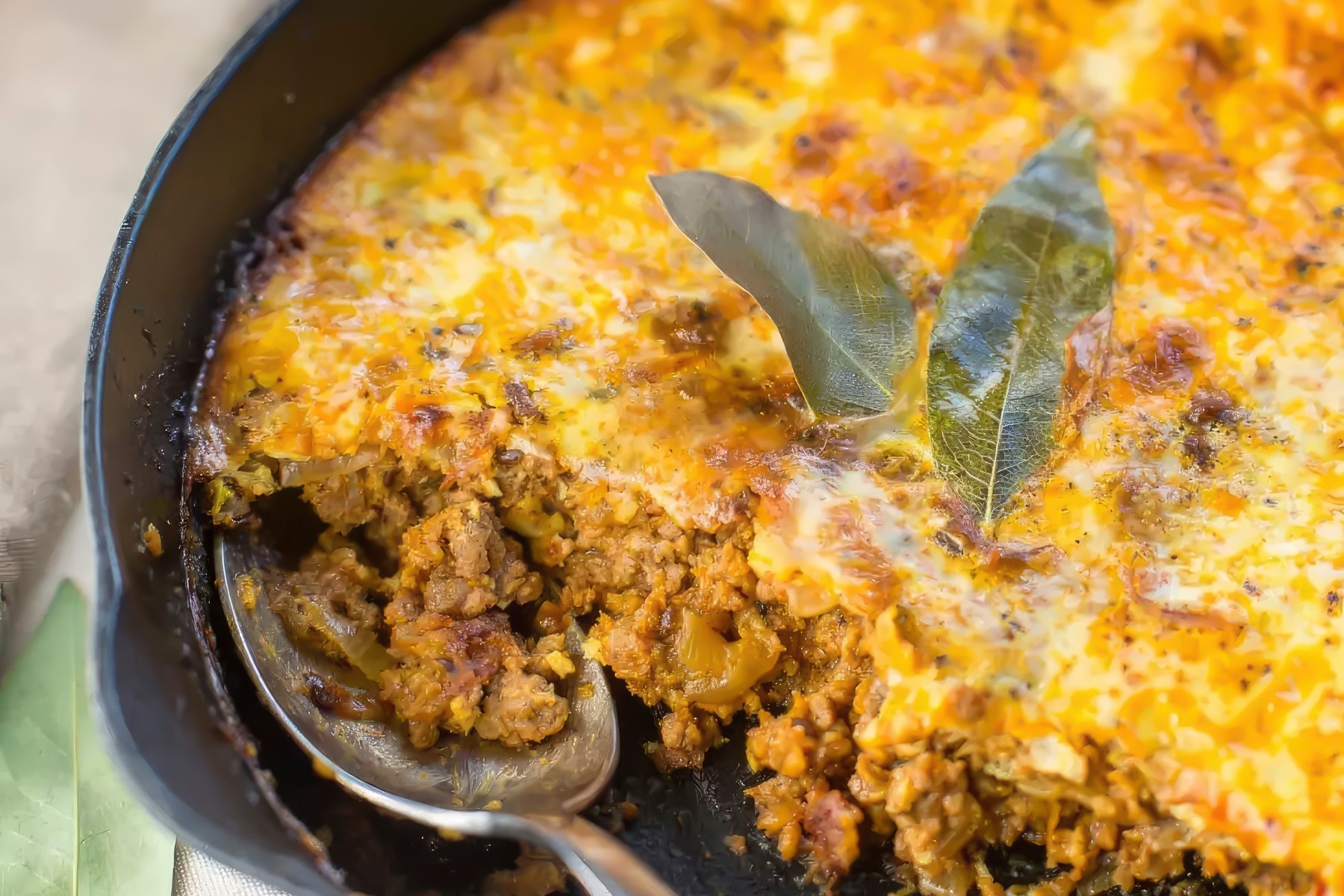 It is said that the Dutch recorded a bobotie recipe in 1609, and the Cape Malay community spiced it up to what it is today. Pronounced ‘bo-bo-tea', many consider this the national dish of South Africa, and it’s a definite one on the bucket list.
It is said that the Dutch recorded a bobotie recipe in 1609, and the Cape Malay community spiced it up to what it is today. Pronounced ‘bo-bo-tea', many consider this the national dish of South Africa, and it’s a definite one on the bucket list.
Bobotie is minced meat mixed with curry spices (turmeric, cumin, bay leaves and curry powder), onions, milk-soaked bread and raisins or sultanas. It is then topped with an egg and milk mixture and baked in the oven. It is usually served with yellow rice, and fruit chutney as a sambal.
Cape Malay curry
This curry, also served with yellow rice (and/ or a roti) pays homage to traditional Malaysian cooking methods and combines sweet and savoury flavours. Aromatic spices like turmeric, masala, cumin and cardamon are combined with sweeter elements like ginger and apricots.
A Malay curry is made with beef, chicken or lamb and has evolved distinctly from Indian and Asian influences with the addition of seasonal Cape fruit.
View this post on Instagram
Bunny Chow
Perhaps the epitome of South African comfort food, Bunny chow is an Indian South African dish consisting of a hollowed-out loaf of white bread filled with curry (and a serving of salad on the side.)
Stories of its origins date back to when indentured Indian slaves worked in KwaZulu-Natal, it was a way for these migrant workers to quickly combine their food together and take out onto the plantations.
A visit to Durban is not complete without savouring this legendary street food (in particular, the mutton bunny.)
Sweets and desserts
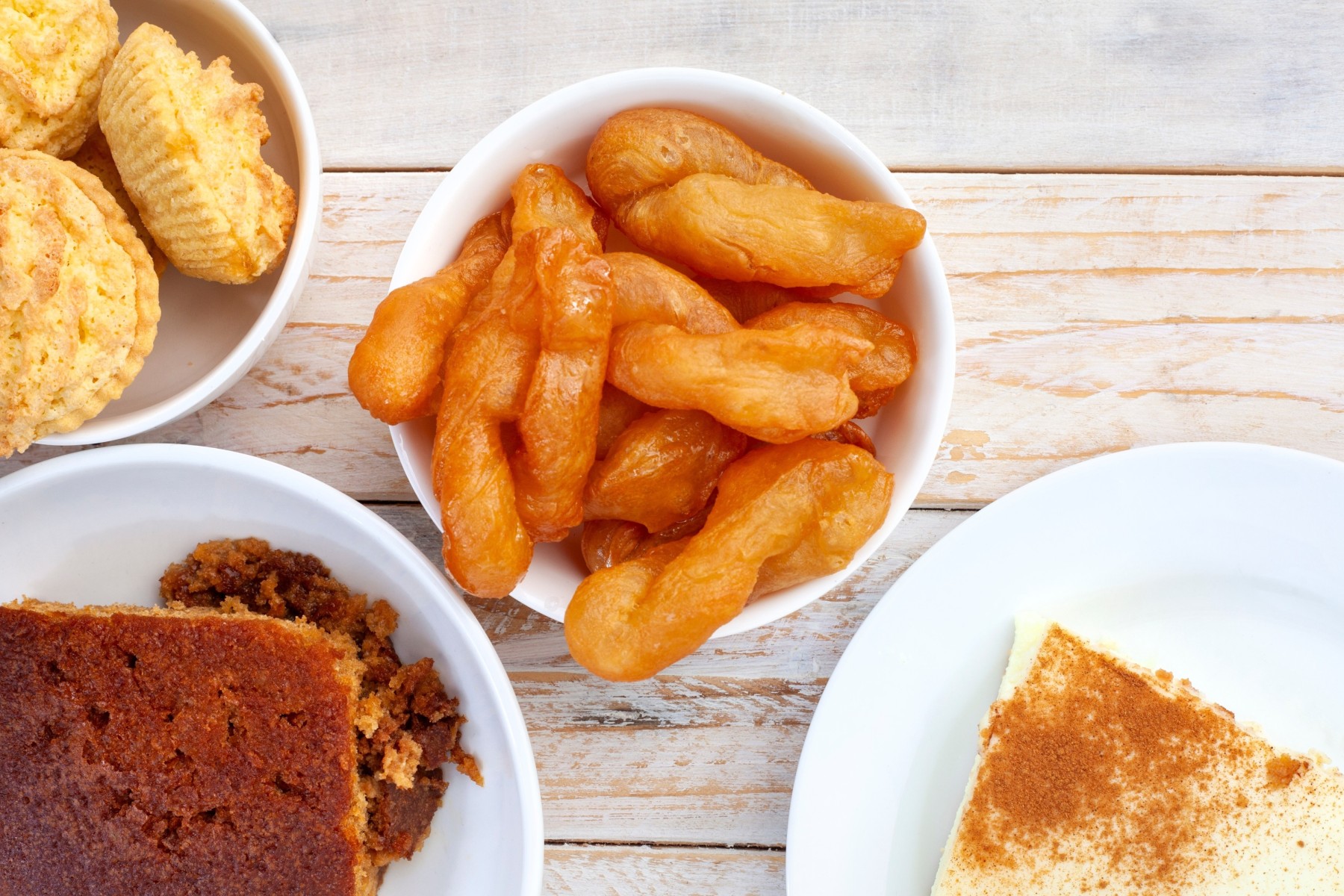 Speaking of comfort foods, South Africa probably saves some of her best courses for last, with two classic desserts vying for the label of local favourite.
Speaking of comfort foods, South Africa probably saves some of her best courses for last, with two classic desserts vying for the label of local favourite.
Melktert (milk tart)
The melktert is another gift from the Dutch settlers and consists of short-crust pastry filled with silky-smooth vanilla custard, dusted with cinnamon.
It is sometimes compared to an English custard tart, but has a subtle sweetness to it and retains a milky flavour. It is perhaps the most famous South African dessert, although the next entrant may have something to say about that...
View this post on Instagram
Malva pudding
Perhaps considered South Africa's answer to the British sticky toffee pudding, this decadent dessert contains a unique ingredient—apricot jam.
The spongy cake is soaked and baked in a creamy sauce and is usually served with custard. Often featured at Sunday lunches and braais, this final course is compulsory.
View this post on Instagram
Don’t forget the koeksister…
On paper, the 'koeksister' (cook-sister) sounds incredibly indulgent (and it is), but this unmissable sweet treat is a local classic.
These traditional Afrikaner pastry plaits are made of fried dough infused in syrup or honey, with a crunchy finish and are usually eaten cold.
If you're in Cape Town, look out for the Cape Malay version of the dish— the koe’suster. This variant consists of fried, spicy dough balls rolled in coconut. A South African treat not to be missed!
View this post on Instagram
What do our customers say?


What’s happening?
Please notify us of any violations. This information will be kept confidential and shared only with Wise Move.
- It’s inaccurate or incorrect
- If you find it offensive
- It’s something else

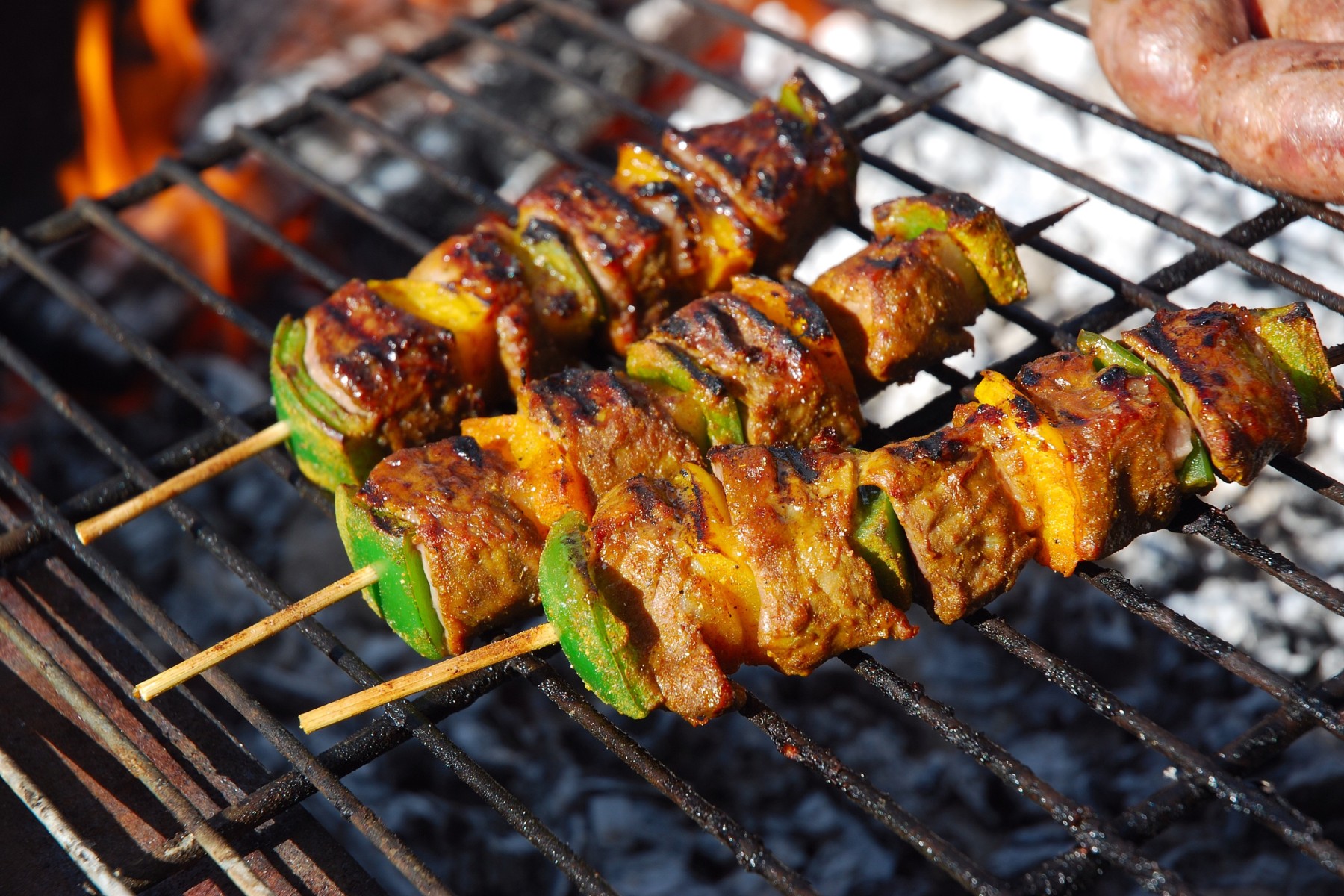 Sosaties are meat kebabs with a Malay twist— the skewered meat and vegetables are marinated in a spicy sauce.
Sosaties are meat kebabs with a Malay twist— the skewered meat and vegetables are marinated in a spicy sauce. Perhaps the epitome of South African comfort food,
Perhaps the epitome of South African comfort food, 
